√1000以上 e major scale piano right hand 232921-E major scale piano right hand
E natural minor scale 2 octaves (right hand) Sponsored linksSharp keys > 1 sharp – G Major > 1 sharp – E minor > 2 sharps – D Major > 2 sharps – B minor > 3 sharps – A Major > 3 sharps – Fsharp minor > 4 sharps – E Major > 4 sharps – Csharp minor > 5 sharps – B Major > 5 sharps – Gsharp minor > 6 sharps – Fsharp Major > 6 sharps – Dsharp minor > 7 sharpsHow to Play E Major Scale on Piano (Fingering) What's the fingering for this scale?

Piano Fingering
E major scale piano right hand
E major scale piano right hand-The right hand starts off on the second finger From there bring your thumb under to hit the F Hit the G with your second finger and continue finger by finger until the fourth finger hits the B flat Finish the scale with your third finger on the E flat octave Coming back down the scale is the exact same, just retrace your stepsNow, when you practice major chords, it is recommend that you form them using the 1st, 3rd, and 5th fingers of your right hand Thumb (1st), middle finger (3rd), and pinky (5th) Your left hand will form these chords using the 1st, 3rd, and 5th fingers also, but the numbering is pinky (1st) middle finger (3rd) and thumb (5th)
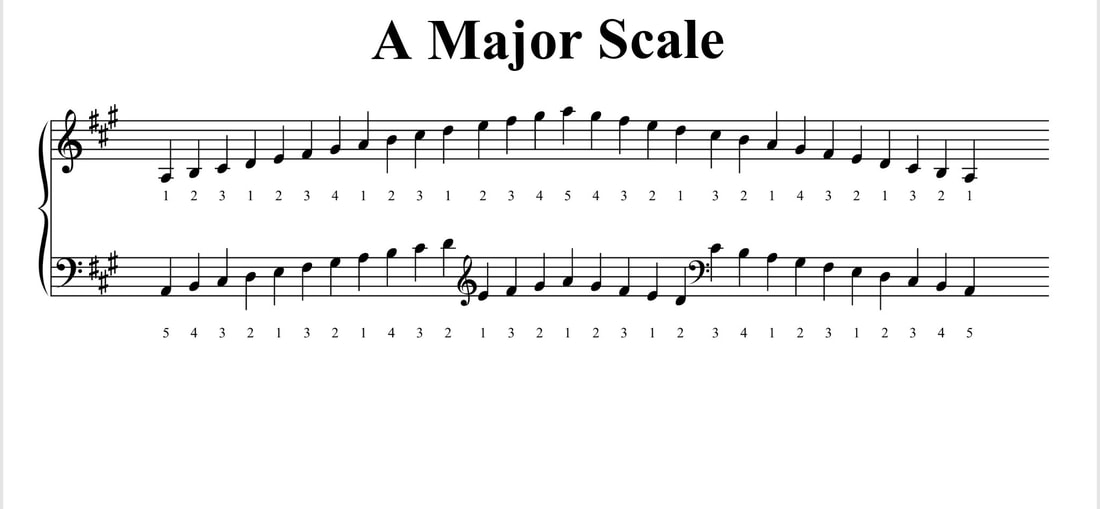


Piano Scales Tutorial Ruth Pheasant Piano Lessons
When going from major to minor, you really only need to lower the 3rd note of the scale by halfstep For example, the only difference between C major and C minor is the 3rd note of the scale ('E' as opposed to 'Eb') The fingering that you should use for these 5finger major and minor scales is the same in every key For the left hand (ascending), the fingering is For the right hand (ascending), the fingering isLet's start with the right hand When going up the Cmaj scale, your thumb plays C, 2nd finger plays D and third finger plays E Then you continue with the thumb which plays F, 2nd finger plays G, 3rd finger plays A, 4th finger plays B and 5th finger plays C When going up the scale, to play F with your thumb put your thumb under your 3rd fingerAn easy way to start improvising on the piano is to play major scales together with the chords that use the same notes To explain further you can play chords like C, Em, F, G and Am together with the C Major Scale Preferable is to play chords with your left hand and notes from the scale with your right (more on improvisation)
Major Scale Eb Major Scale Ab Major Scale Db Major Scale Gb Major Scale Comments These scales are for the right hand In addition, you should of course practice scales with your left hand, but in that case, you use some other fingerings More exercises These are additional righthand exercises concerning the same scale, downloadable as pdffiles Major scales pattern 1 Major scales pattern 2 Major scales pattern 3How to play E Major Scale 2 OCTAVES on the Piano Right & Left Hand separately and hands together with correct fingeringperformed by Tamara NiekludowNow, when you practice major chords, it is recommend that you form them using the 1st, 3rd, and 5th fingers of your right hand Thumb (1st), middle finger (3rd), and pinky (5th) Your left hand will form these chords using the 1st, 3rd, and 5th fingers also, but the numbering is pinky (1st) middle finger (3rd) and thumb (5th)
Piano Fingering for Ab Major Scale The fingering for the A flat major scale on piano is unique for both the right hand and left handBy this I mean it's not a standard scale fingeringSo each one should be learned on it's own in the beginning before trying to play hands together(Get that muscle memory down!)F Major Scale Major Scale Eb Major Scale Ab Major Scale Db Major Scale Gb Major Scale Comments These scales are for the left hand In addition, you should of course exercise scales with your right hand, but in that case you use some other fingerings More exercises These are additional lefthand exercises concerning the same scaleAbove the notes there are numbers representing the fingers on the right hand The first sequence is and it involves a movement with the thumb going under the index and middle fingers After you reach the next octave you turn around and this time it is the other way around you move your middle and index finger over the thumb ()
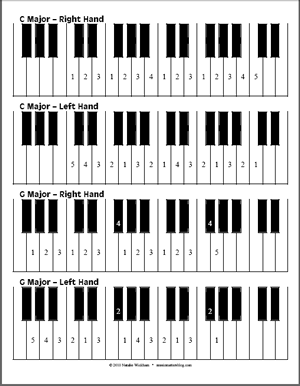


Free Piano Scale Fingering Diagrams Music Matters Blog


The 12 Major Scales
The numbers above the notes on the treble staff are typically for the right hand and numbers about the notes on the bass staffFirst published in 1873, The Virtuoso Pianist by Charles Louis Hanon has become a valuable source of inspiration for piano teachers, students and performers The original 60 Hanon exercises have now been perfected and transposed to every major key, offering participants the maximum performance training and practice availableThe fingering that you should use for these 5finger major and minor scales is the same in every key For the left hand (ascending), the fingering is For the right hand (ascending), the fingering is Upgrade your membership and get FULL access to all lessons, sheet music, notes, coaching and more!



All Major Arpeggios My Piano Teacher
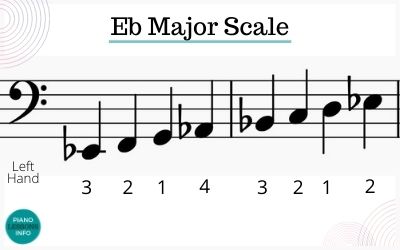


E Flat Major Scale On Piano Notes Fingering How To
© 10 Natalie Wickham • musicmattersblogcom E Major – Right Hand 2 3 3 4 2 3 3 4 1 1 2 1 1 2 5 E Major – Left HandThe most common scales when playing the piano, are Major and Minor scales From each key on the piano you can start either a major or a minor scale All scales are made with a specific pattern of whole steps (tones) and half steps (semitones) All 12 major scales share the same pattern of whole and half steps between the notesNow, when you practice major chords, it is recommend that you form them using the 1st, 3rd, and 5th fingers of your right hand Thumb (1st), middle finger (3rd), and pinky (5th) Your left hand will form these chords using the 1st, 3rd, and 5th fingers also, but the numbering is pinky (1st) middle finger (3rd) and thumb (5th)



Key Signatures



Piano Scales Tutorial Ruth Pheasant Piano Lessons
Basic Piano Fingerings for the 12 Major Scales Tania Gleaves on October 9, 15 H ere are the piano fingerings for all twelve major scales, in circle of fifths order The numbers correspond to the fingers of the left hands (LH) and right hands (RH) Click Here And Learn Basic Piano Fingerings Fast!How to play E Major Scale 2 OCTAVES on the Piano Right & Left Hand separately and hands together with correct fingeringperformed by Tamara NiekludowE Major Scale in two octaves Piano (Right hand)🔥 Check my playlist Scales https//wwwyoutubecom/watch?v=yXvVSWtw0&list=PLEbDHUox3lLNoUk0ULY3y2gKTX



12 Major Scales Jazz Piano Lesson Pianogroove Com



Free Piano Exercise 1 Octave Major Scales In 12 Keys
E Major scale 2 octaves (right hand)SCALES E♭ major hands together f legato two octaves min ♩melodic minor) = 90 C minor (candidate choice of either harmonic or p Chromatic scale in similar motion starting on F# f ARPEGGIOS A major right hand mf legato two octaves min F# minor left hand ♩ = 70 Or 2Major scales are basic to your understanding of musical keys and are the scales that most piano students learn first Most everyone agrees that the scale that should be learned and mastered first is the C Major Scale First, Learn The C Major Scale With The Right Hand



12 Major Scales Free Download For Piano Chords Arpeggios And Scales
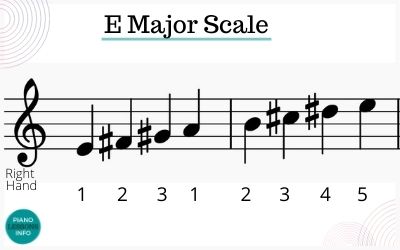


E Major Scale On Piano Notes Fingering How To Play It
First, always try your 1 chordthat's a great place to start and it will usually fit just right with the first note In this case, play the Chord with the notes C, E, & G Play the chord with your left hand while you play the melody in your right hand Just play the 1st measureE is the leading tone and F is the octave of the scale There is a formula for forming this scale and any other major scale That formula is WWHWWWH This stands for whole step, whole step, half step, whole step, whole step, whole step, half stepMajor Scale Eb Major Scale Ab Major Scale Db Major Scale Gb Major Scale Comments These scales are for the right hand In addition, you should of course practice scales with your left hand, but in that case, you use some other fingerings More exercises These are additional righthand exercises concerning the same scale, downloadable as pdffiles Major scales pattern 1 Major scales pattern 2 Major scales pattern 3
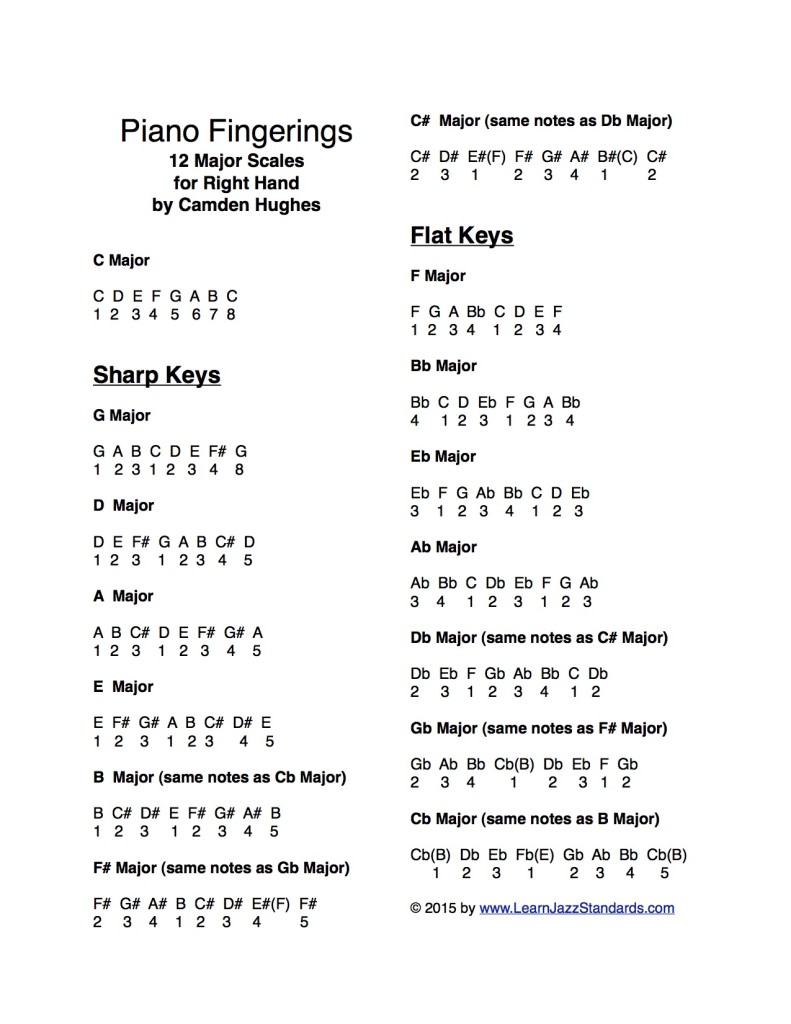


Privado Results


E Major Wikipedia
Your left hand is going to perform a descending scale while your right hand is going to perform an ascending scale, at the same time!Eb stands for E flat Theory The Eb major chord is constructed with a root The lowest note in the chord, a major third An interval consisting of four semitones, the 3rd scale degree and a perfect fifth An interval consisting of seven semitones, the 5th scale degree Fingerings Little finger, middle finger, thumb (left hand);You should find this quite easy to do When you reach finger number 3 on E in the right hand and on A in the left hand, both your thumbs tuck under at the same time and land on F in the right hand and G in the left hand



Piano Major Scales Overview With Pictures



E Flat Major Scale Piano Music Theory
On ascending piano scales beginning with a white key (or "natural"), start with your thumb (finger 1) In the middle of a scale, your thumb should cross under your middle finger (finger 3) In the scale above, this happens between the E and the F Fingers 1 and 5 are ideal for use on the white keysLearning the formula for the pentatonic scale allows you to put together a wide array of note combinations for your piano improvisation When you're first attempting improvisation with a pentatonic scale, many people find it easiest to focus on the right hand only Let's go back to C major, which has the notes C, D, E, G, and A Try using justIt's as follows Notes E, F#, G#, A, B, C#, D#, E;



How To Play And Practice Scales And Arpeggios For Pianists



Understanding Piano Scales Major Minor And Blues Scales Updated 21
Starting with the right hand, play the B key with your thumb When your third finger gets to the D sharp, bring your thumb under to hit the E Now make your way up the scale with your pinky landing on final B On the way back down, just do the oppositeLeft Hand 5, 4, 3, 2, 1, 3, 2, 1 Right Hand 1, 2, 3, 1, 2, 3, 4, 5 Follow the above pattern based on the image given above Please note that lefthanded and righthanded have different representations About'C' Major Scale Notes C, D, E, F, G, A, B, CPlease Like, Share And Subscribe 🙏


Piano Dp Music Services
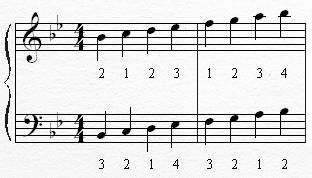


Piano Scales Video Lesson
Fingerings (Right Hand ) 1, 2, 3, 1, 2, 3, 4, 5 (Thumb is finger 1, index finger is finger 2, middle finger is 3, ring finger is 4 and pinky finger is 5) Video – How to Play E Major Scale on PianoSCALES E♭ major hands together f legatop two octaves min ♩ = 90 C minor (candidate choice of either harmonic or melodic minor) Chromatic scale in similar motion starting on F# f ARPEGGIOS A major right hand mf legato two octaves min F# minor left hand ♩ = 70 Or 2Above the notes there are numbers representing the fingers on the right hand The first sequence is and it involves a movement with the thumb going under the index and middle fingers After you reach the next octave you turn around and this time it is the other way around you move your middle and index finger over the thumb ()
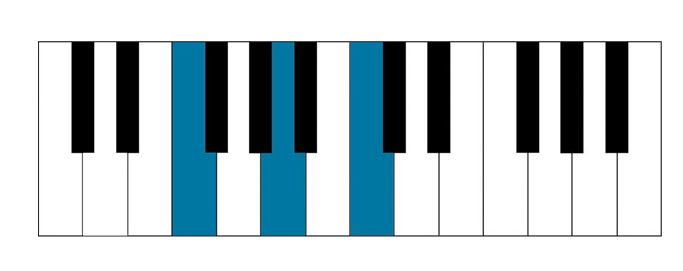


Piano Fingering Exercises Scales Chords And More



How To Play The E Major Chord On Piano And Keyboard Youtube
On ascending piano scales beginning with a white key (or "natural"), start with your thumb (finger 1) In the middle of a scale, your thumb should cross under your middle finger (finger 3) In the scale above, this happens between the E and the F Fingers 1 and 5 are ideal for use on the white keysFingering For All Twelve Major Scales Two Octaves C has no sharps or flats RH 123 1234 123 LH 321 4321 321 G has an F sharp RH 123 1234 123 LH 321 4321 321 D has two sharps in its key signature and they are F and C RH 123 1234 123 LH 321 4321 321 A has three sharps and they are F, C, and GFirst published in 1873, The Virtuoso Pianist by Charles Louis Hanon has become a valuable source of inspiration for piano teachers, students and performers The original 60 Hanon exercises have now been perfected and transposed to every major key, offering participants the maximum performance training and practice available
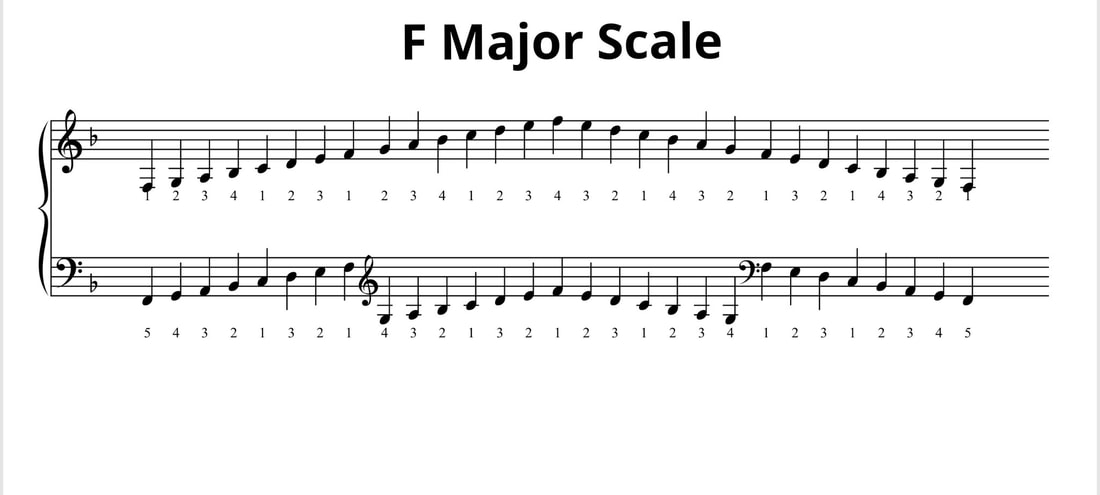


Piano Scales Tutorial Ruth Pheasant Piano Lessons


The 12 Major Scales
Major scales are basic to your understanding of musical keys and are the scales that most piano students learn first Most everyone agrees that the scale that should be learned and mastered first is the C Major Scale First, Learn The C Major Scale With The Right HandYour left hand is going to perform a descending scale while your right hand is going to perform an ascending scale, at the same time!How to play E Major Scale 2 OCTAVES on the Piano Right & Left Hand separately and hands together with correct fingeringperformed by Tamara Niekludow



E Flat Major Scale 2 Octaves Left Hand Piano Fingering Figures Dubai Khalifa



How To Read And Play Piano Chords Hoffman Academy
Piano scales and chords to play to develop you technique on piano Scales In Thirds With Fingerings Marked I Right hand These fingerings can be used in all tonalities II Left hand Other piano exercises Chromatic Thirds III Right hand Minor thirds IV Left hand Minor thirds V Right hand Major thirds VI Left hand Major thirdsAn easy way to start improvising on the piano is to play major scales together with the chords that use the same notes To explain further you can play chords like C, Em, F, G and Am together with the C Major Scale Preferable is to play chords with your left hand and notes from the scale with your right (more on improvisation)SCALES E♭ major hands together f legato two octaves min ♩melodic minor) = 90 C minor (candidate choice of either harmonic or p Chromatic scale in similar motion starting on F# f ARPEGGIOS A major right hand mf legato two octaves min F# minor left hand ♩ = 70 Or 2



Pin On Piano Scales
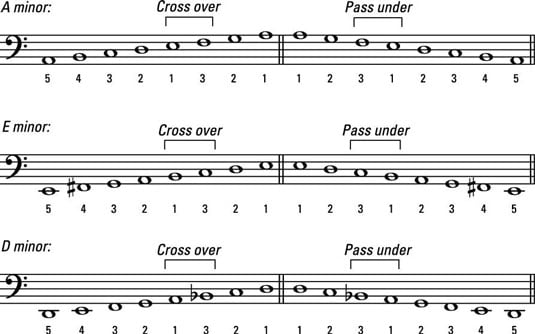


Left Hand Scales On The Piano Dummies
Fingering For All Twelve Major Scales Two Octaves C has no sharps or flats RH 123 1234 123 LH 321 4321 321 G has an F sharp RH 123 1234 123 LH 321 4321 321 D has two sharps in its key signature and they are F and C RH 123 1234 123 LH 321 4321 321 A has three sharps and they are F, C, and GFingerings (Left Hand) 5, 4, 3, 2, 1, 3, 2, 1;> C Major > A minor;



Image Result For How To Play E Minor Scale Two Octave And Finger Numbers Minor Scale Major Scale E Major



Major Scales How To Play E Major Scale On Piano Right And Left Hand Youtube
Thumb, middle finger, little finger (right hand)Piano scales and chords to play to develop you technique on piano Scales In Thirds With Fingerings Marked I Right hand These fingerings can be used in all tonalities II Left hand Other piano exercises Chromatic Thirds III Right hand Minor thirds IV Left hand Minor thirds V Right hand Major thirds VI Left hand Major thirdsYou should find this quite easy to do When you reach finger number 3 on E in the right hand and on A in the left hand, both your thumbs tuck under at the same time and land on F in the right hand and G in the left hand



Piano Scales Complete Guide With Examples



All Major Arpeggios My Piano Teacher
When going down the scale, the same fingers are used for the same notes except that it all happens in reverse The 5th finger plays G, 4th finger plays F#, 3rd finger plays E, 2nd plays D, and thumb (1st) plays C Third finger now goes over thumb to play B, 2nd plays A and 1st finger plays G



Basic Piano Chords For Beginners I Chords Chart Diagrams



C D E Waltz



Amazon Com Piano 12 Scales Poster In A Tube Musical Instruments
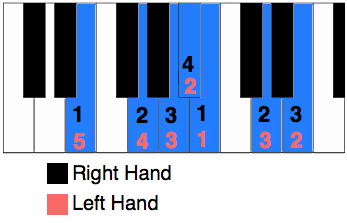


E Blues Scale For Piano
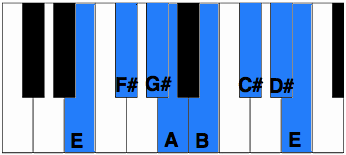


E Blues Scale For Piano



12 Keys Of Music



Pin On Piano


The A Major Scale
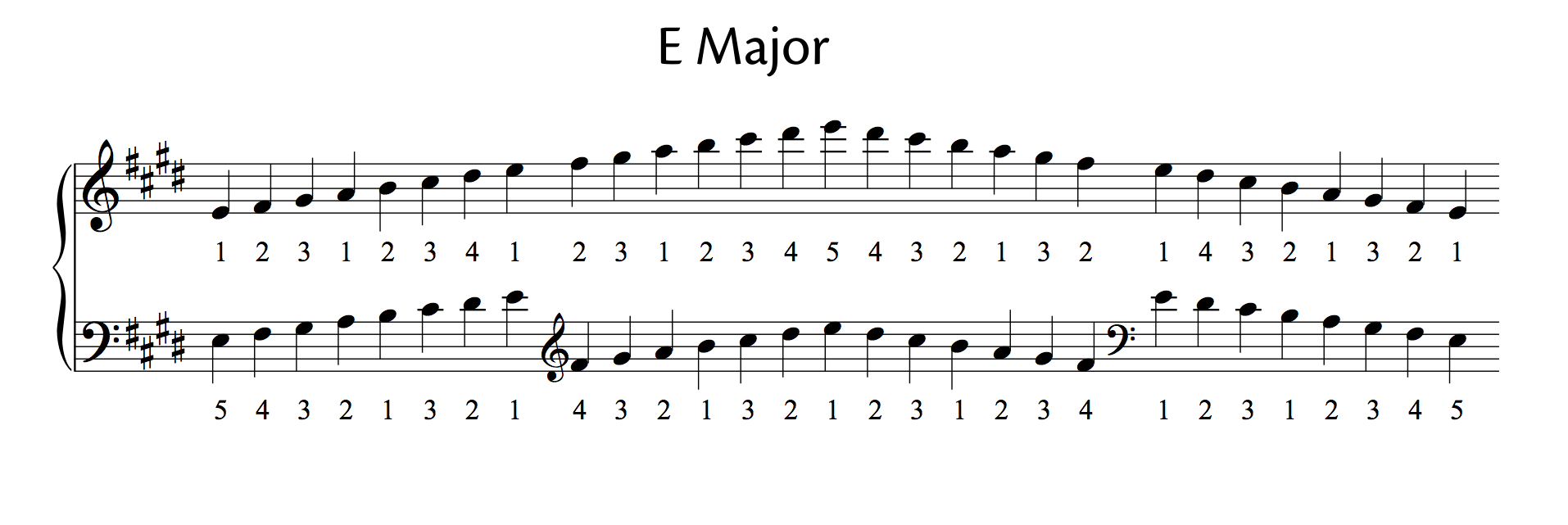


All Major And Minor Scales Including Fingering For Piano Oktav


Major Scale Fingering Piano



Pin On Piano


The E Major Scale



E Major Scale Piano Music Theory



Piano Fingering
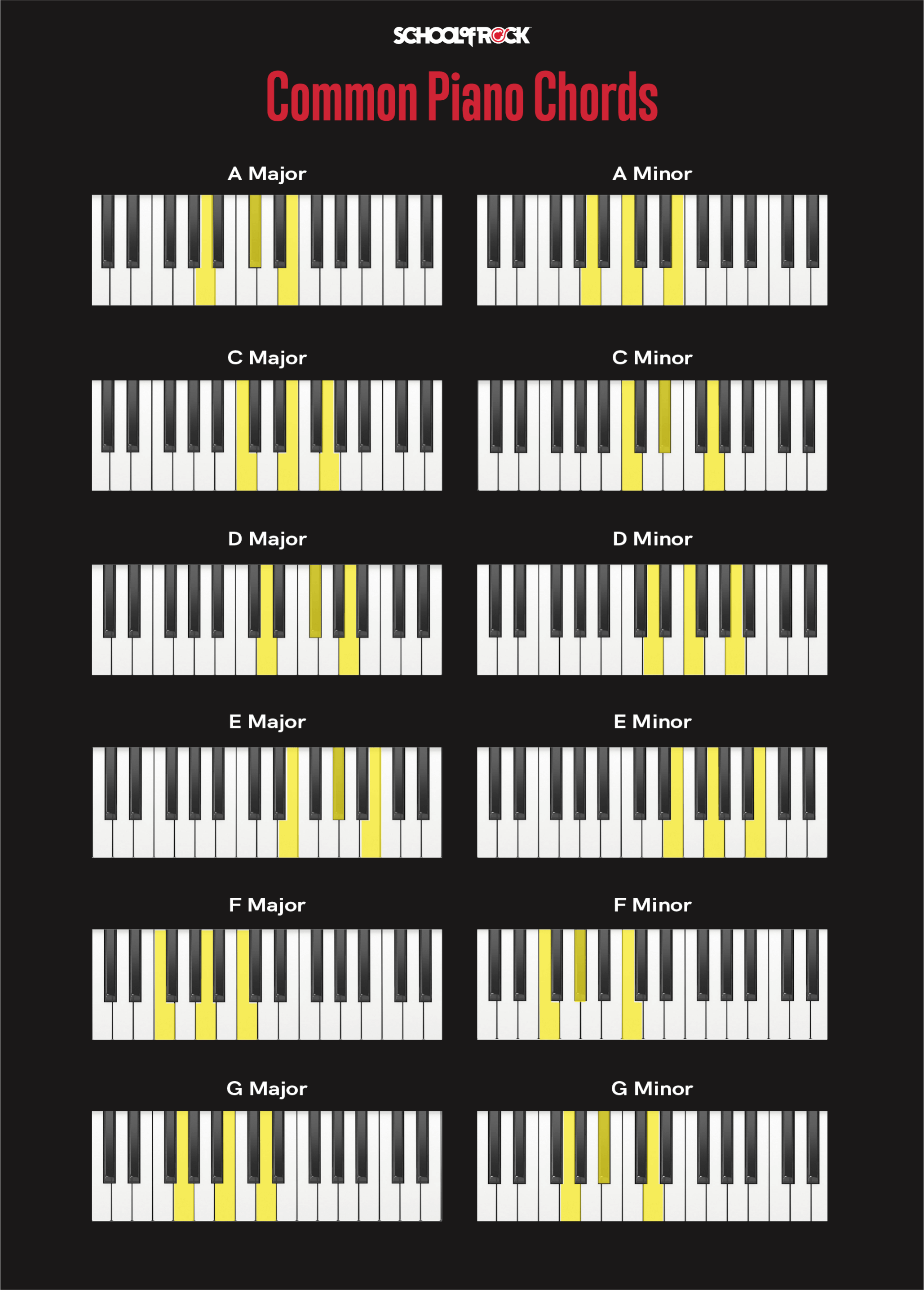


Piano Chords For Beginners School Of Rock
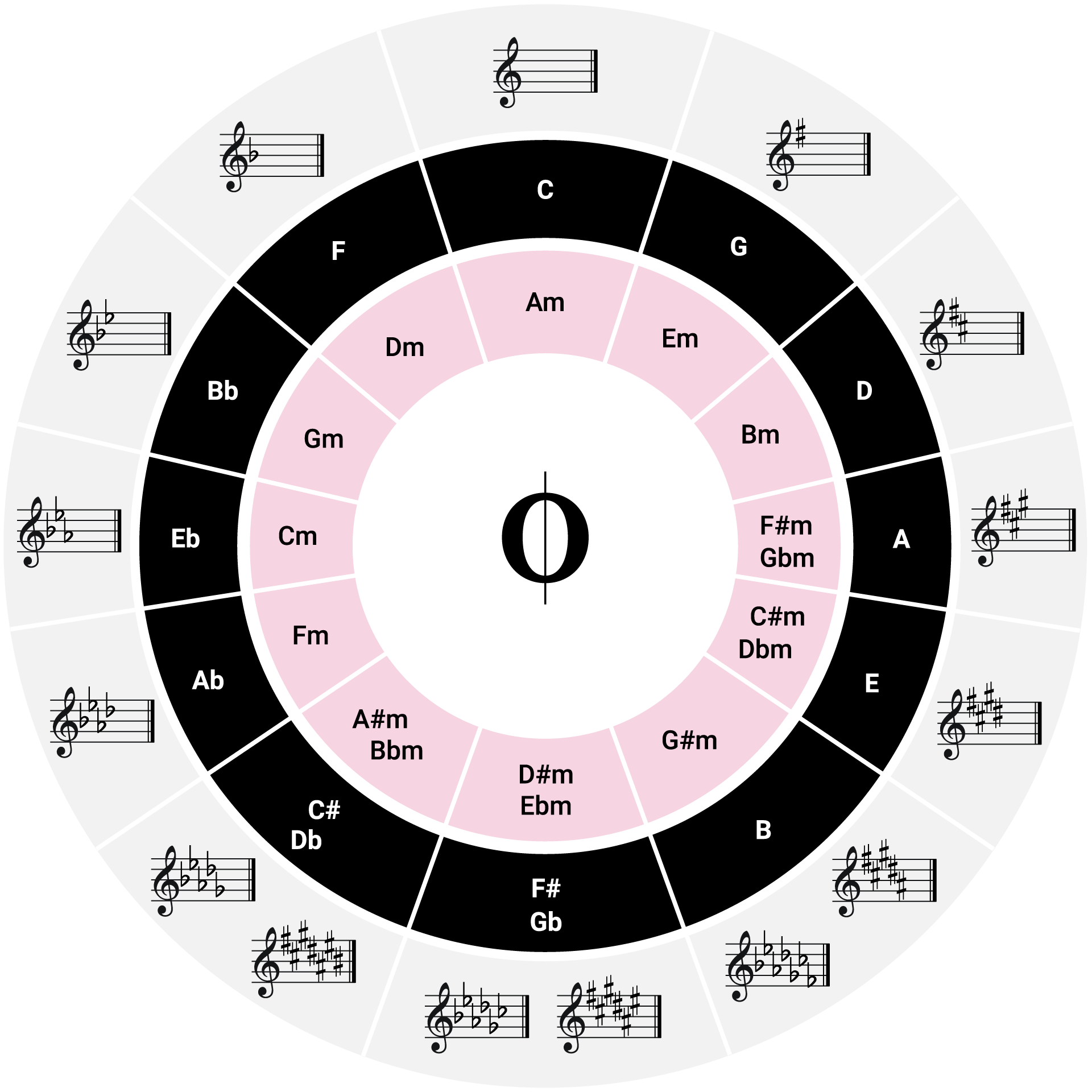


All Major And Minor Scales Including Fingering For Piano Oktav


How To Play The 1 4 5 Chord Progression In All Twelve Major Keys Gospel Music Training Center



Piano Lessons E Major Scale Right Left Hand Youtube



All Major And Minor Scales Including Fingering For Piano Oktav



E Major Piano Chord Diagram And Fingerings For E E G E B
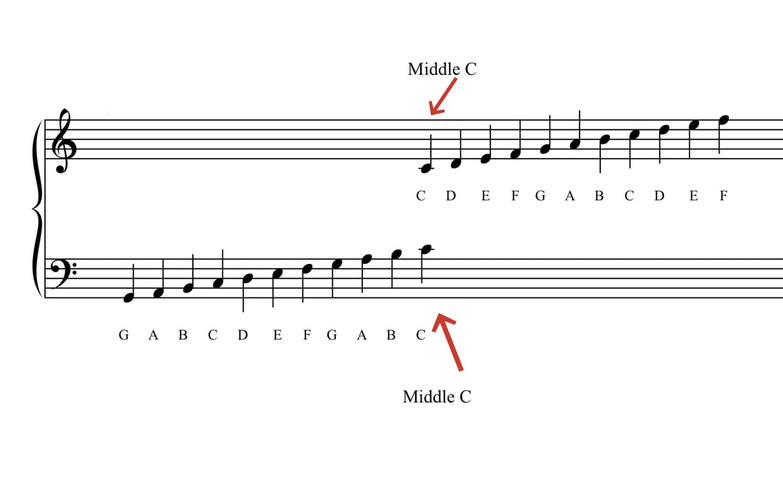


Piano Scales Tutorial Ruth Pheasant Piano Lessons
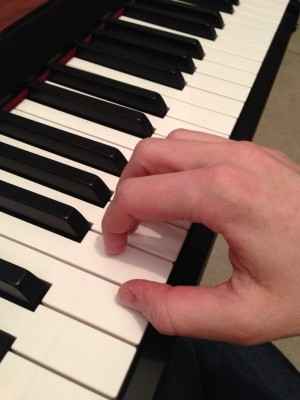


Piano Technique Playing The C Major Scale



Grade 2 Scales And Arpeggios My Piano Teacher


Q Tbn And9gcr Hx9e42xzhzsgplnkrngbmsxkhavlb1ahkpeyjwqai Cg7lm Usqp Cau



E Major Scale Piano Music Theory


Q Tbn And9gcqvjpqv8vgkvcwiktvsanr4ref3eevqgyoxmb8wobjramywwcls Usqp Cau



Pin On Piano


Learn Major Scales Piano Treble Clef Charts Pattern Formula Chords Music Theory
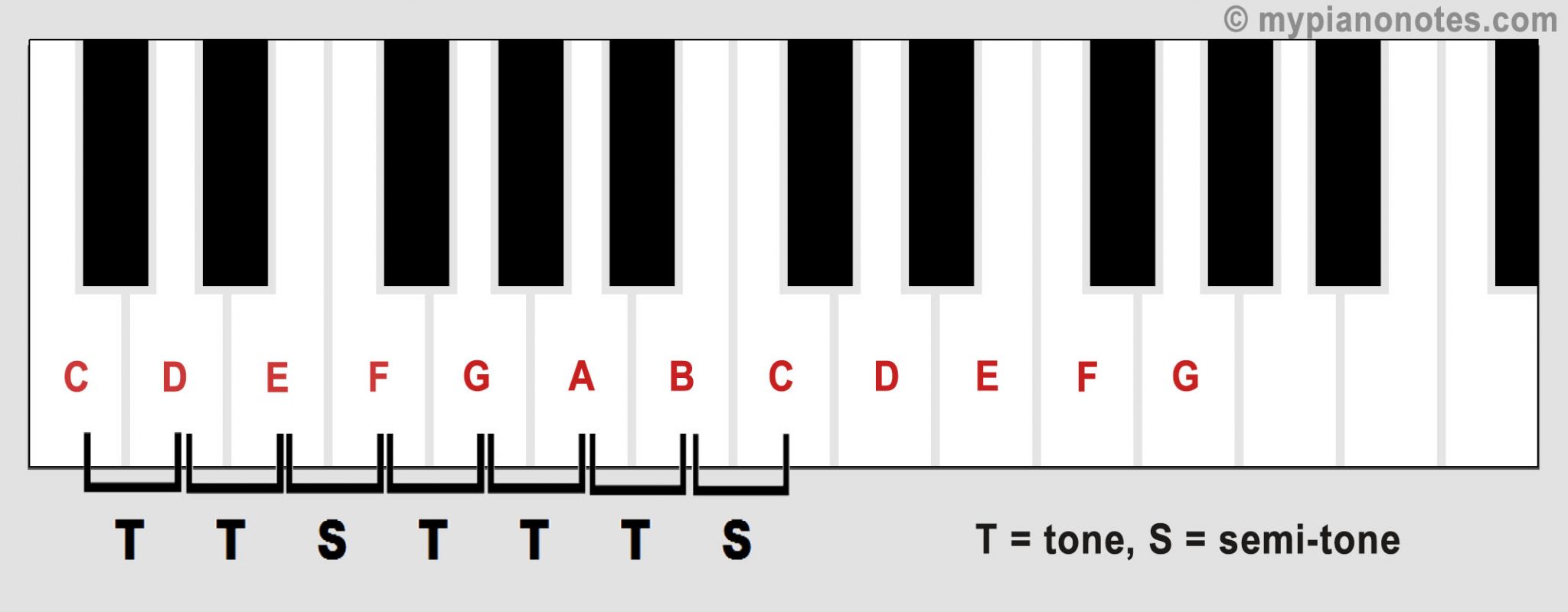


Piano Scales Complete Guide With Examples


The E Major Scale



Grade 1 Piano Classes For Leisure Forte School Of Music
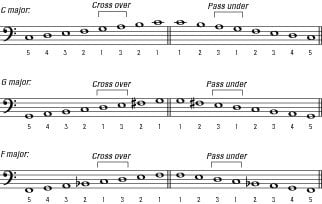


Playing Piano With Your Left Hand Too Dummies


The E Major Scale


E Major Scale Right Hand Finger Pattern For Single Octave Rushis Biz Music



2 Octave C Major Scale Pianotv Tutorial


The F Major Scale On Piano



Minor Scales For Jazz Piano Pianogroove Com



How To Play E Major Scale On Piano Right Hand Left Hand Both Hands Together 1 Octave Tutorial Youtube
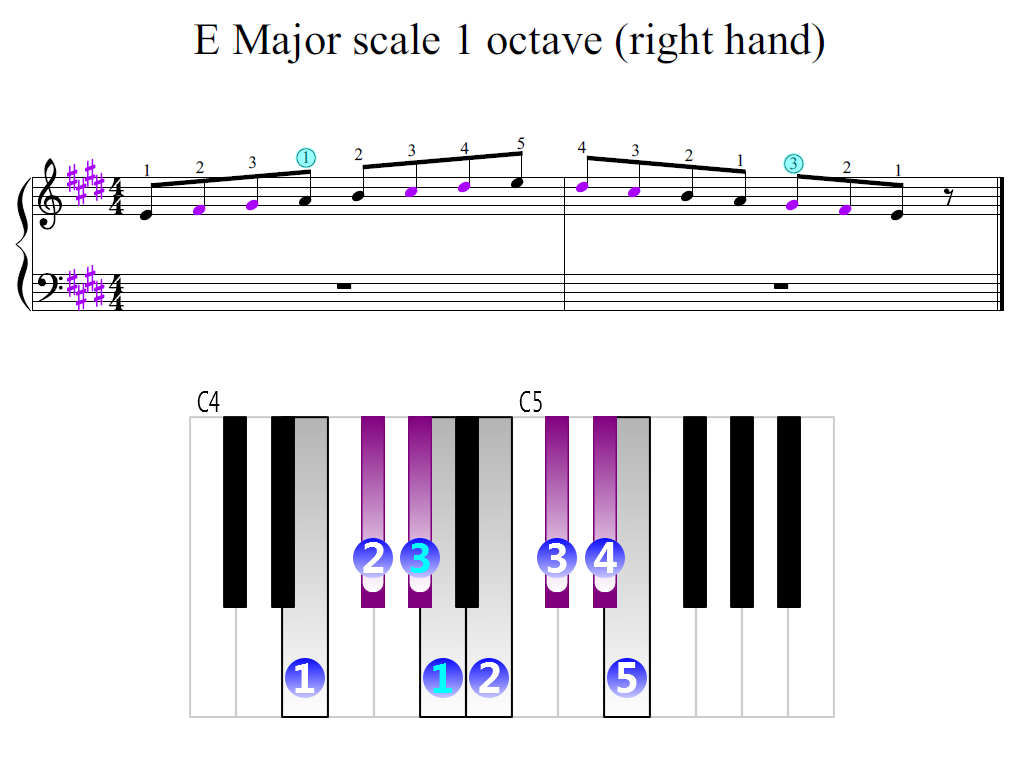


E Major Scale 1 Octave Right Hand Piano Fingering Figures



Pin On Music



Piano Technique Playing The C Major Scale


The 12 Major Scales


Jazclass Piano Technique 4 Scales 1
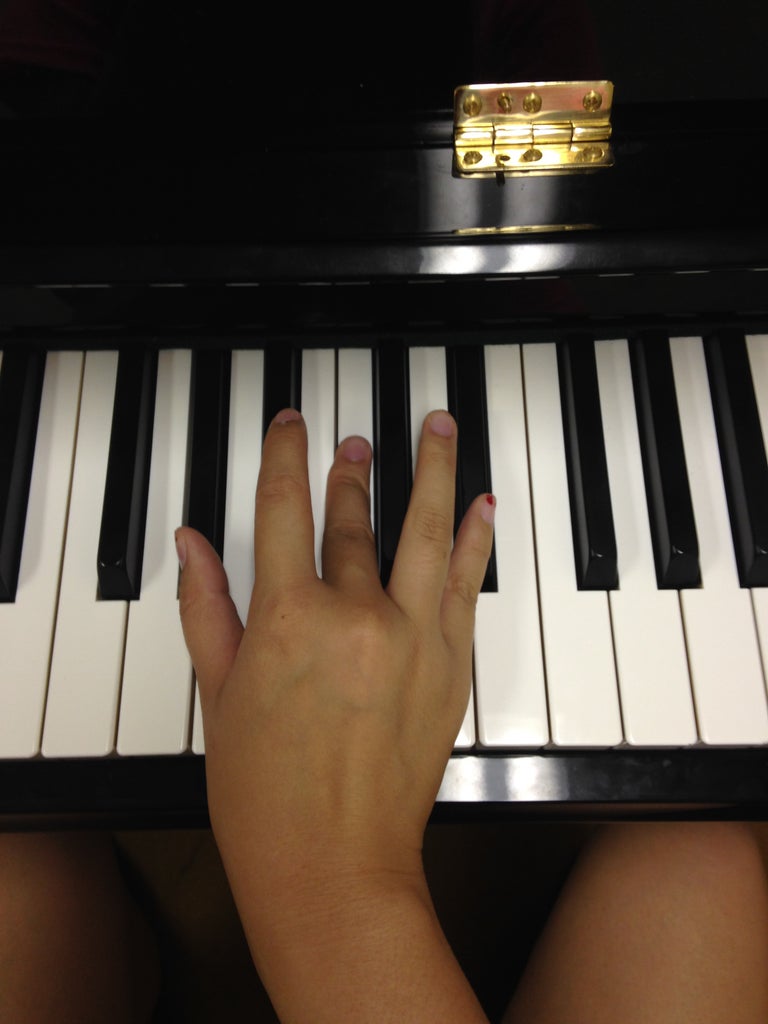


How To Play The Major Chords On The Piano 13 Steps Instructables


Jazclass Piano Technique 4 Scales 1
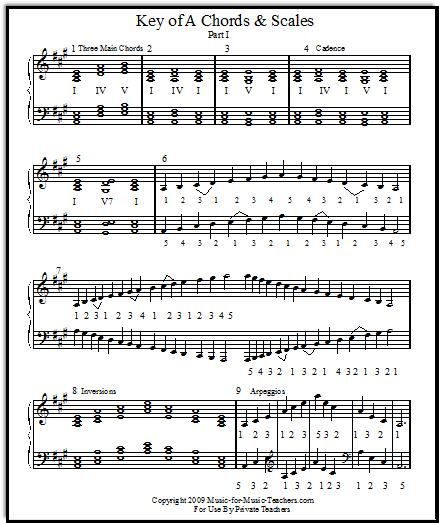


12 Major Scales Free Download For Piano Chords Arpeggios And Scales
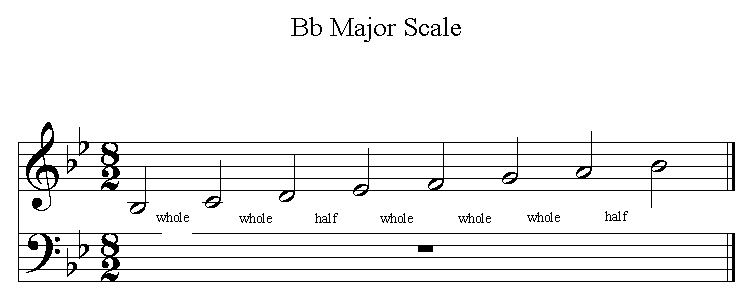


B Flat Major Scale
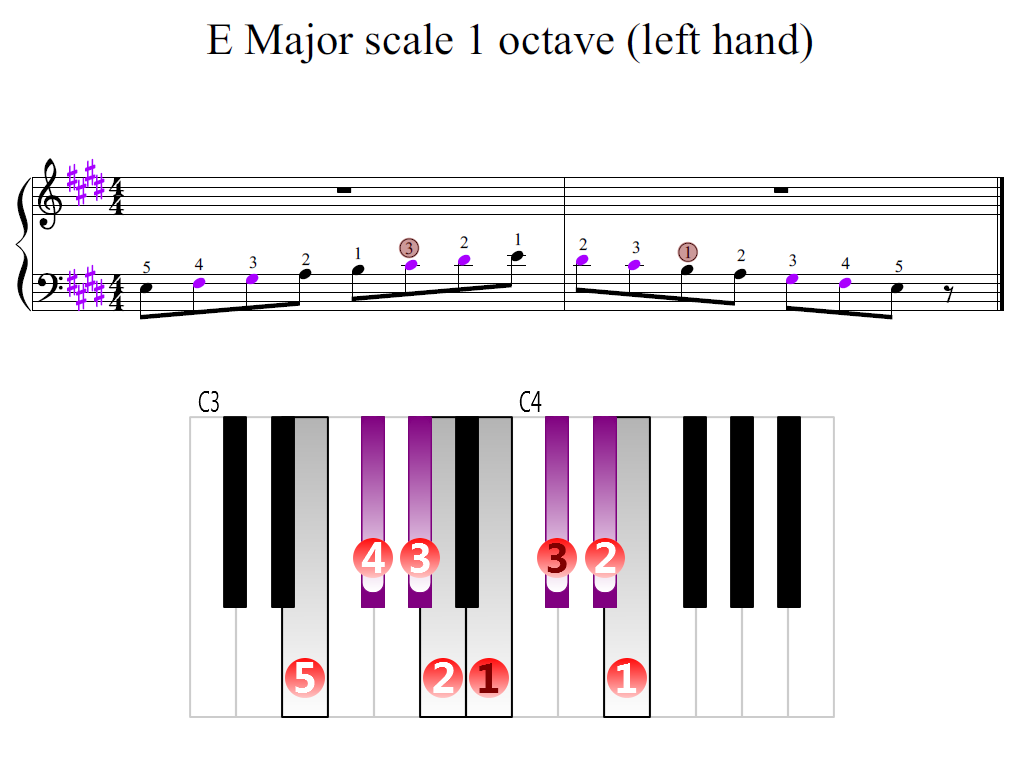


E Major Scale 1 Octave Left Hand Piano Fingering Figures



Major Scales How To Play E Major Scale Two Octaves On Piano Right And Left Hand Youtube


How To Play The E Major Scale On A Piano Keyboard Piano And Synth Magazine
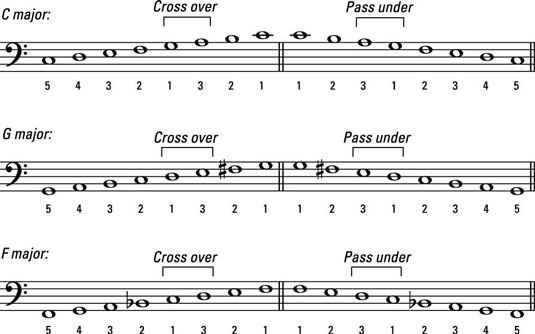


How To Play Left Hand Scales On The Piano Or Keyboard Dummies
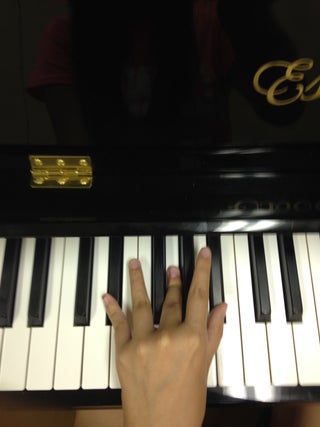


How To Play The Major Chords On The Piano 13 Steps Instructables



Survival Of The Fittest A Reevaluation Of Traditional Scale And Arpeggio Fingerings Piano Magazine
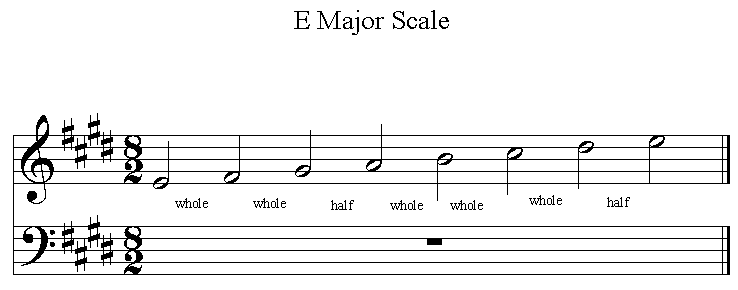


E Major Scale
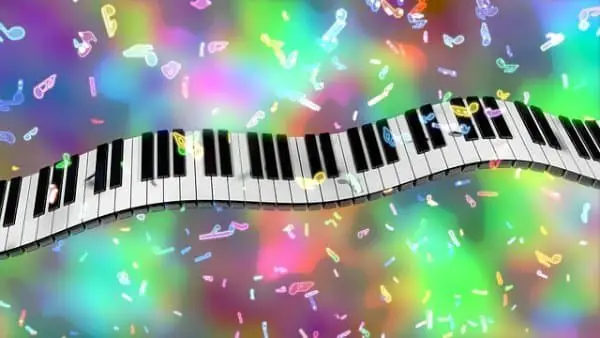


Piano Scale Charts For All 12 Major Scales
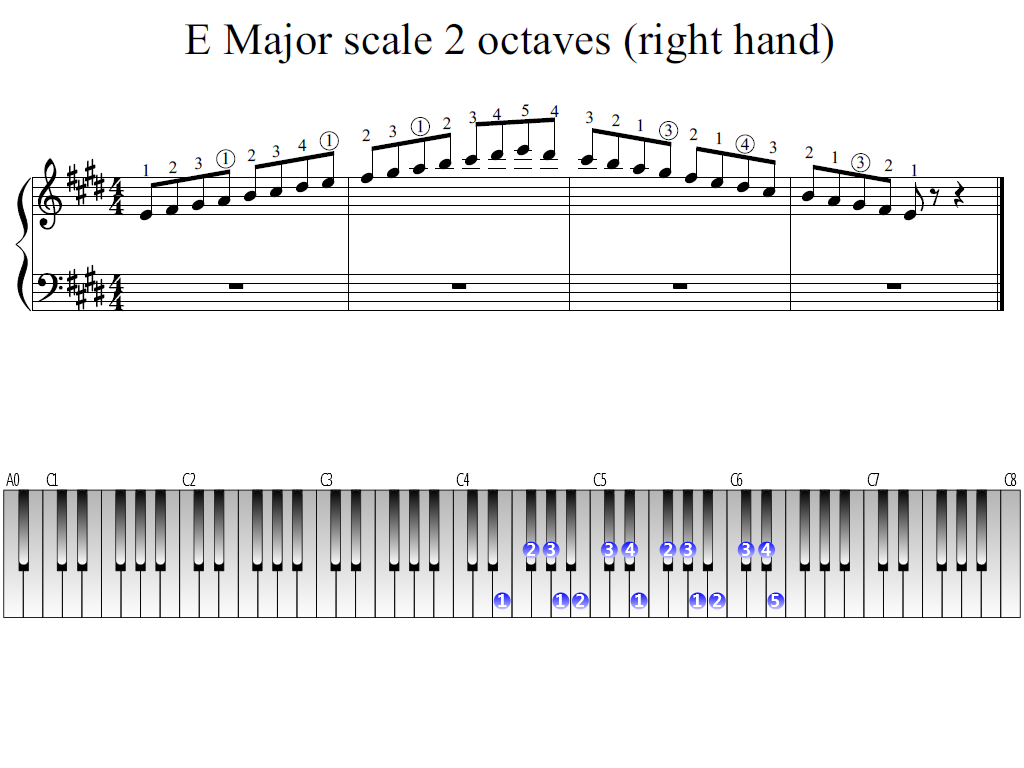


E Major Scale 2 Octaves Right Hand Piano Fingering Figures



Piano Technique Fingering Charts 12 Major Scales Piano Ology
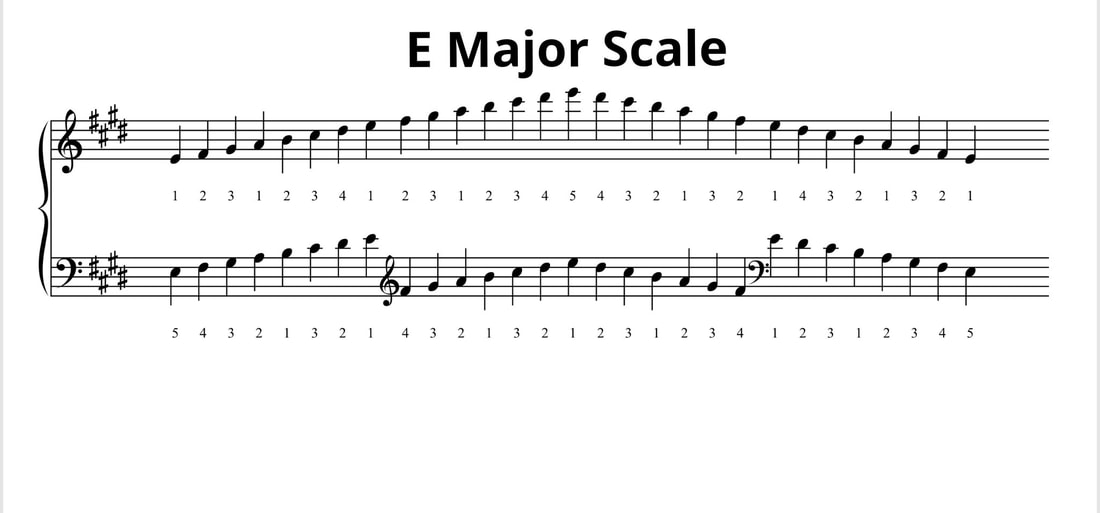


Piano Scales Tutorial Ruth Pheasant Piano Lessons



E Major Scale Piano Tutorial Right Left Hand Fingering Chords On The Scale Free Chord Chart Youtube



All Major And Minor Scales Including Fingering For Piano Oktav



All Major Arpeggios My Piano Teacher


Q Tbn And9gctxnpsqxnvatfsw8oblol65tfyl7gb4mdsmtqqxvyc05oihbk E Usqp Cau



Piano Scales Exercises For Left Hand
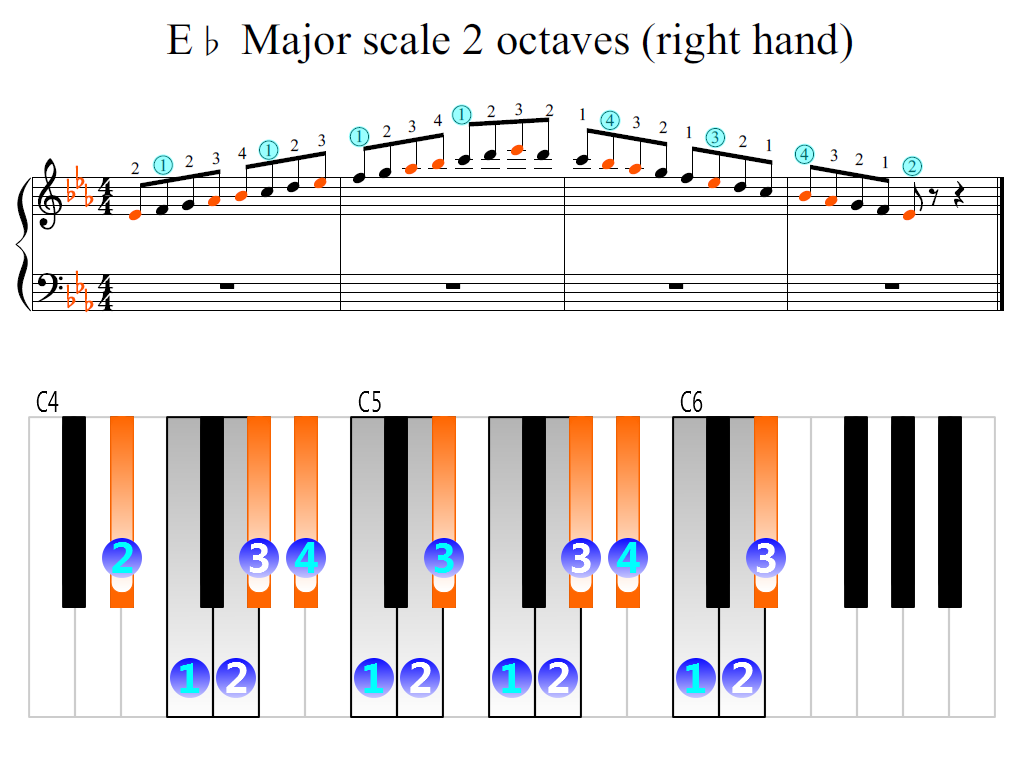


E Flat Major Scale 2 Octaves Right Hand Piano Fingering Figures


E Major Chord On Piano


Class Piano In Class Piano On Digital Publishing At Indiana University Press



Survival Of The Fittest A Reevaluation Of Traditional Scale And Arpeggio Fingerings Piano Magazine
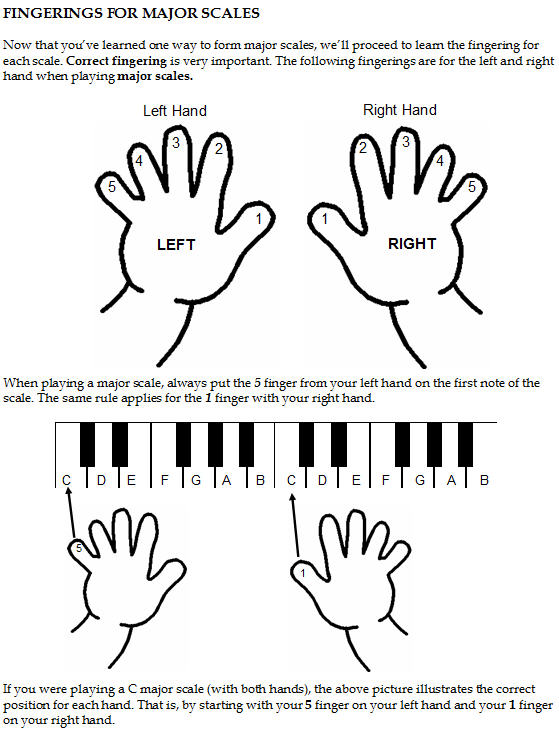


Here S The Fingering For All 12 Major Scales Hear And Play Music Learning Center



All Major Arpeggios My Piano Teacher
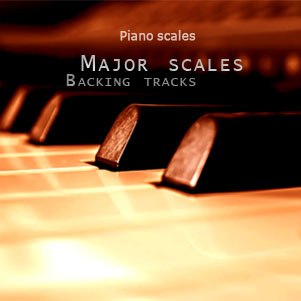


Piano Major Scales Overview With Pictures



E Flat Major Scale 1 Octave Right Hand Piano Fingering Figures



Learn How To Play The E Flat Major Scale On The Piano Piano Scale Lessons
/L1_bass_reading1a-56a72ed73df78cf772931b53.jpg)


Piano Fingering For The Left Hand


コメント
コメントを投稿